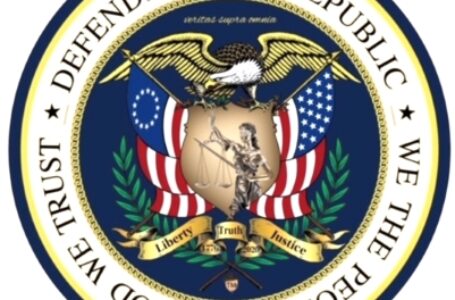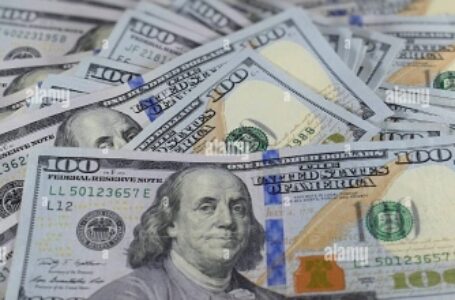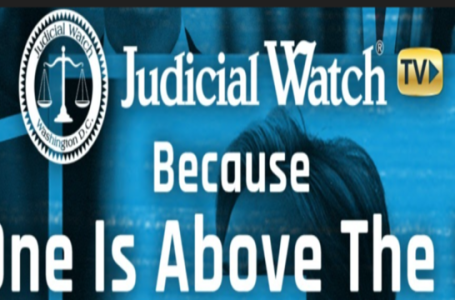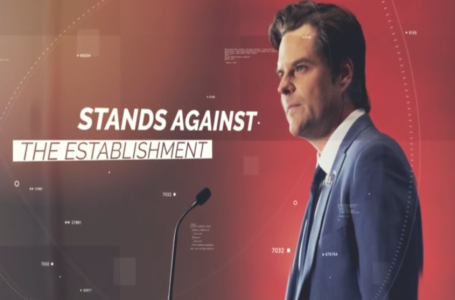What to expect when the Federal Reserve hikes interest rates
The Federal Reserve plans to raise interest rates for the first time in years as the country emerges from the pandemic. While hiking rates is a whole-of-economy tool, doing so will also affect everyday consumers.
The last time the Fed raised interest rates was in 2018, after which it began incrementally lowering them. The central bank dropped the federal funds rate to near-zero at the outset of the coronavirus pandemic in 2020 and has kept them at that level. Now, Fed officials are predicting a series of rate hikes in the coming months and years, the first of which could come in March.
Inflation has been the major factor pushing the central bank to raise rates. Consumer prices increased 6.8% for the year ending in November — the fastest pace of inflation in 39 years. While higher interest rates will hopefully tamp down the rising cost of goods, they will also affect credit cards, mortgages, investments, and savings.
This year will be when interest rates start rising, but the central bank doesn’t expect that trajectory to stop. In December, the Fed said that after the initial bump, it expects two more hikes of 25 basis points before the end of the year and then more in the following years, although that is all contingent upon economic trends.
“Consumers shouldn’t just focus on interest rates going up this year, but the potential cumulative effect over the next two or three years,” Bankrate’s Chief Financial Analyst Greg McBride told the Washington Examiner.
Credit card users will be some of the first to experience changes due to the rising interest rates.
McBride said he thinks there is a bit of urgency for some credit card users to act before the rate hikes. He said that as interest rates cumulatively increase over time, it will represent a “significant headwind to debt repayment efforts.”
“If you can grab a 0% or other low-rate balance transfer offer now, that not only insulates you from the rate hikes we’re expecting to see this year, but it gives you a runway to get that credit card debt paid off once and for all,” he said. “And that’s the end game.”
The Fed’s interest rate hikes are quickly passed along to cardholders, with consumers likely to see the higher rate reflected within one to two statement cycles.
Regina Wallace-Jones, chief operating officer for California-based LendStreet, said her advice regarding the rising rates is first and foremost that consumers need to spend what they have instead of seeing borrowing as an extension of their income.
She told the Washington Examiner that with the future rate hikes, the importance of not using credit to buy things they cannot afford becomes even more important because consumers will have to pay even more post-purchase.
Mortgages will also be affected by the central bank hiking rates. As a result, mortgage rates will end up trending higher and do so in advance of the Fed hiking short-term interest rates.
McBride said that while he anticipates mortgage rates to move higher, he thinks they will stay below 4% — not something that will necessarily take the wind out of the housing market’s sails.
“But if you have yet to refinance your mortgage, you’ll want to do that ASAP. Otherwise, you risk the opportunity passing you by altogether,” he said.
Wallace-Jones pointed out that given the potential for rising interest rates, consumers will be able to buy fewer homes for the same dollar as they can today. She said that for people who are already homeowners and can refinance now before interest rates increase, those consumers “should be aggressively moving toward refinancing scenarios.” Likewise, consumers interested in purchasing a house should try to buy before the interest rate hike occurs.
The stock market is reactive to myriad different factors, but rising interest rates are one that certainly can shake up the markets. There has been fear among some that inflation would become so hot that the Fed would be forced to jack up rates abruptly and send markets spiraling. The central bank has been going out of its way to project when it will raise rates as far in advance as possible to combat the anxiety.
Millions of people in the United States have invested at least some of their income into the stock market. When interest rates go up, it can send stocks lower. Experts hope consumers can see beyond those temporary dips and maintain a longer-term perspective despite declines in value.
McBride explained that the Fed is raising interest rates because it is confident in the economy’s recovery and the economic well-being of the country. He said that because people are spending more money and unemployment is falling, the central bank has assessed that the economy doesn’t need the additional stimulus provided by the ultralow rates.
“That backdrop is ultimately good for corporate profits and the stock prices, but in the short term, you’re likely to see heightened volatility, more of a roller-coaster ride, as investors come to grips with rising interest rates,” McBride said.
A famous quote by investor Warren Buffett, who was for a time the world’s wealthiest person, goes: “Be fearful when others are greedy and be greedy only when others are fearful.” He meant that investors should not follow others into panic-selling but, to the contrary, should maintain their composure and see it as an opportunity.
Wallace-Jones invoked Buffett and said that interest rate hikes “are not a reason to create panic — they are a challenge to be even better planners.” She said that in the face of the rate hikes, investors should step through the process methodically and take control of their spending and debt while keeping a clear head.
The higher interest rates will also be felt by those saving money and not just those borrowing. In broad strokes, the Fed increasing interest rates benefit savers over borrowers.
“However, savers may want to hold on before they pull out their party hats and balloons,” McBride said, noting the improvement they will see this year will be relatively modest and that the Fed is going to have to boost rates a long way to get them to a level that is comparable to inflation.
If consumers are financially stable and are trying to maximize the return on their savings, Wallace-Jones recommends using more aggressive tools, including certificates of deposit or index funds. Those will give consumers a more accelerated return on investment than a simple savings account.
Overall, though, Wallace-Jones said that as the Fed begins lifting interest rates, she thinks consumers will feel that they’ve got less.
“Because when interest rates rise, all of us can do less with the resources that we have,” she said, adding that the best thing people can do is to live within their means.
“We’re going to have to be even more judicious about how we spend and even smarter about how we save,” she said.















